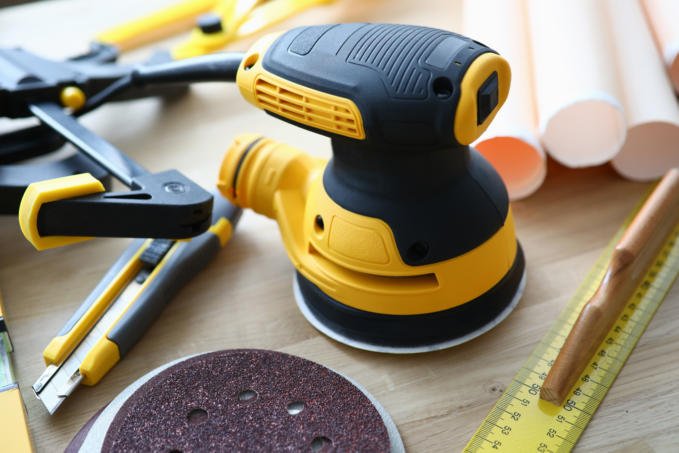

How to Sand Fiberglass
Fiberglass is used in various industries because of its great strength and is light in weight. They are also easy and fast to work with. On top of that fiberglass, surfaces require low maintenance and have chemical resistance. Other than these benefits, it looks beautiful and can be used for styling. So what do you have to do in order to achieve that smooth, beautiful look that you see everywhere? Here is a guide that will direct you to how you can sand fiberglass with tips, as well as the tools you can use to achieve a flawless finished-looking fiberglass surface. Before you move to the tutorial, make sure you wear appropriate protective care and take all safety precautions as they can get in your skin. It can also damage your eyes and respiratory system, so be careful.
With that being said, let’s start the sanding procedure!
1. Cure fiberglass
To make the sanding process a success, it is best to leave it in the sun for at least a week. This will help you achieve that smooth and pristine finish you are aiming for, as this will get rid of any excess air holding the gel coat. Don’t skip this step because it will only make the whole process easier and more time-efficient.
2. Combine all the parts
If you’re working on separate pieces of fiberglass, you can skip this step. However, if you are working on a project that requires a lot of pieces to be put together, like a car or boat, it is best to join all the parts together and then proceed to the next step, so you don’t have to smoothen edges later.
3. Clean the surface
To complete this step, you will require a grease remover or wax. Since the surface needs to be completely clean, the first step made this process easier for you as all agents will have been released by now. You can use paint thinner, grease remover, or wax to clean the work surface thoroughly. To remove any excess machining marks on the surface, use 80-100 grit sandpaper first. This step is very important for those working on fiberglass surfaces that need rough peeling. Smoothen the surface further with a 100-120 grit to smoothen the surface once the marks are gone. Make sure to take your time in this step to get an even sanding on the fiberglass surface.
4. Finish with 150-220 grit sandpaper
In this step, you will have to decide on the level of grit according to the degree of smoothness you require. If you are looking to completely smoothen the surface of the fiberglass, the higher the grit, the better.
5. Fill in any mistakes
You may have made some mistakes; it’s time to fill them in to make the appearance of fiberglass flawless. Use glazing putty to fill in any deep gauges or spots.
6. Prime the surface
Once you have finished sanding with coarse-grit sandpaper, it’s time for primer application. Priming the surface will make the filled-in spots even and smooth and is a tip that most people don’t know about.
7. Finish and leave in the sun
You are almost at the end! Now you need to switch to smoother sandpaper, which is less coarse. After sanding all over the surface, leave it in the sun for some time.
Tools you will need for a smoother finish
1. DA sander
Do you find yourself working on fiberglass often? If the answer to that is yes, you should invest in a dual-action sander. This sander will be the best decision you will ever make because it not only reduces physical labor but will result in time gains. It is a versatile tool making it less costly in the long term. Another great thing about the DA sander is that it’s easy to use.
2. Belt Sander
If you work with wood often, you must know that these sanders are great to smooth out wooden surfaces. They can also be used on fiberglass to get a smooth surface; however, keep in mind that they will take some time to get the same effect.
